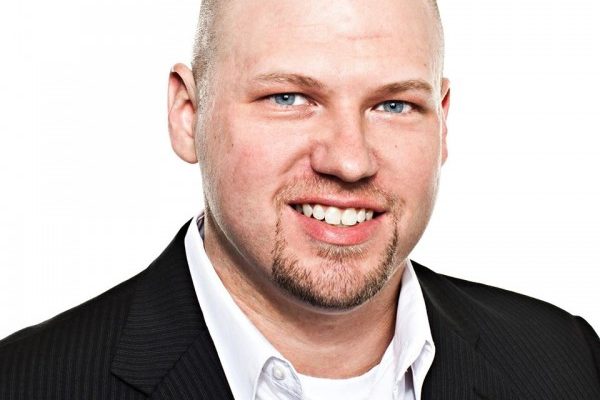
Why there is skepticism of climate change
On Monday, the United Nations held its 2019 UN Climate Action Summit, which was intended to push the world into advancing “climate action” on greenhouse gas emissions. It featured government officials, speakers, activists, intellectuals and academics, and of course plenty of scientists.
On Tuesday, I had a long conversation with a friend of mine, who happens to be a scientist. He holds a Ph.D. in microbiology, so my natural assumption was that he would be among the group of people that sided with climate change being “settled science” because “scientists say so.”
What I discovered was that while he was no climate change denier, he was no alarmist. As we discussed some of what was talked about at the summit, he said to me that even for him “it has become very hard to determine what is rational science, and what is simply hyperbolic political rhetoric.”
If some level of skepticism has penetrated even the mind of my very scientific friend, than such skepticism has advanced quite far. Which begs an interesting question.
Why, exactly, is so much of the public skeptical of all that apocalypse talk? Why are they so dismissive and hostile to the attempts to save the world?
“Deniers,” as they are so derisively called, are actually based in the endless chicken little paranoia, and boy-who-cried-wolf manipulations that the public at large has been subjected to.
Put simply, when you are told the world is going to end in only a few short years unless we do something, it had damn well better end, because if it doesn’t, we’ll notice. When you say it is going to end repeatedly, and it doesn’t, people stop believing you.
In 1969, Professor Bob Ehrlich of Stanford University warned that environmental degradation was such a problem that unless we were very lucky, within 20 years humanity would “disappear into a cloud of blue steam.”
In 1970, James P. Lodge Jr., a scientist at the National Center for Atmospheric Research, warned that air pollution may “blot out the sun” and “cause a new ice age” in the first third of the 21st century.
In 1971, NASA scientist Dr. S.I. Rasool was quoted in the Washington Post warning of the very same problem. He said that within the next 50 years, air pollutants could lower the temperature of the earth by up to 6 degrees, and may indeed trigger a new ice age.
In 1974, Time Magazine published a story on the “coming ice age,” pointing out that the mean global temperature of earth had dropped about 2.7 degrees Fahrenheit since the 1940s, and “signs were everywhere” that the ice age was coming.
In 1978 the New York Times published an alarming story that said that there was “no end in sight” to the now 30-year-long trend in “global cooling.”
In 1988, noting the particularly hot summer in the Washington, D.C. area, NASA scientist James Hansen predicted that the number of days in Washington that registered 90 degrees or more would more than double, and that global ocean levels would rise by up to six feet within 50 years. Neither has happened.
Salon noted Hansen’s prediction in 1989 that New York City’s West Side Highway would be underwater by 2019.
And none of that even begins to touch the many, many apocalyptic predictions by people like Al Gore that have failed to come true.
Which brings us to where we are today, with a country and indeed an entire world that have become exhausted by the hyperbole and the dire predictions being made by a never-ending parade of scientists and politicians — and now even very angry teenagers — urging us to “do something” to fix the problem.
If you wonder why some people don’t share that belief, just understand that it most likely comes from a lot of promised apocalypses that never happened.
Matthew Gagnon of Yarmouth is the chief executive officer of the Maine Heritage Policy Center, a free market policy think tank based in Portland. A Hampden native, he previously served as a senior strategist for the Republican Governors Association in Washington, D.C.